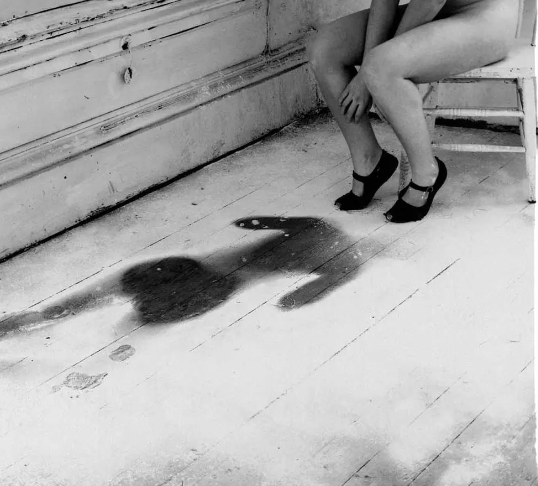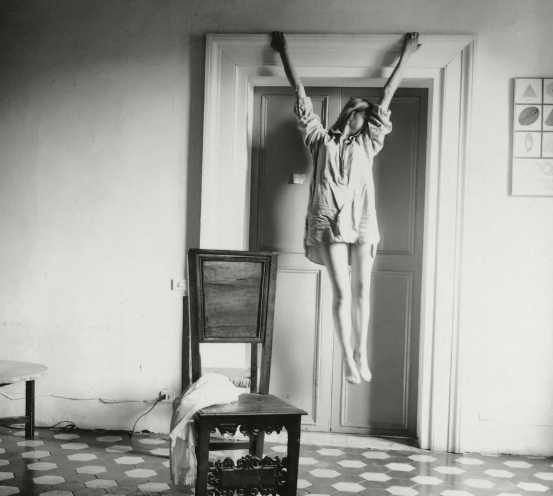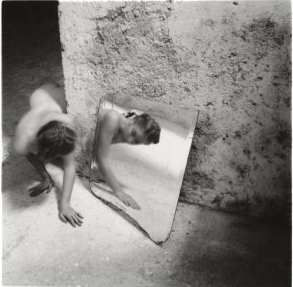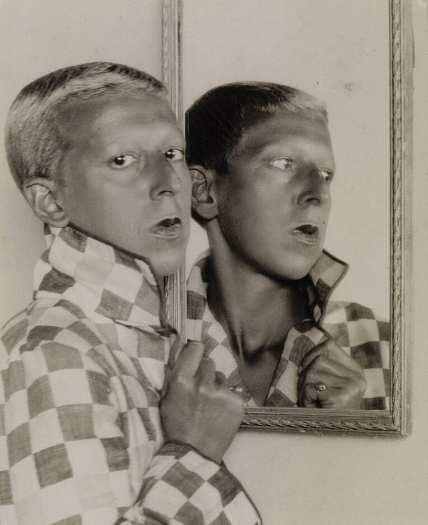Francesca Woodman
Francesca Stern Woodman was an American photographer best known for her black and white pictures featuring either herself or female models. Many of her photographs show women, naked or clothed, blurred, merging with their surroundings, or whose faces are obscured.
At the age of thirteen Francesca Woodman took her first self-portrait. From then, up until her untimely death in 1981, aged just 22, she produced an extraordinary body of work. Comprising some 800 photographs, Woodman’s oeuvre is acclaimed for its singularity of style and range of innovative techniques. From the beginning, her body was both the subject and object in her work.
Although she died very young, there is no denying that Woodman was one of the most innovative and promising artists of her generation. She pushed the boundaries of experimental photography and played with the potential of shutter speed and exposure.


The very first photograph taken by Woodman, Self-portrait at Thirteen, 1972, shows the artist sitting at the end of a sofa in an un-indentified space, wearing an oversized jumper and jeans, arm loosely hanging on the armrest, her face obscured by a curtain of hair and the foreground blurred by sudden movement, one hand holding a cable linked to the camera. In this first image the main characteristics at the core of Woodman’s short career are clearly visible, her focus on the relationship with her body as both the object of the gaze and the acting subject behind the camera.
Woodman tested the boundaries of bodily experience in her work and her work often suggests a sense of self-displacement. Often nude except for individual body parts covered with props, sometimes wearing vintage clothing, the artist is typically sited in empty or sparsely furnished, dilapidated rooms, characterised by rough surfaces, shattered mirrors and old furniture. In some images Woodman quite literally becomes one with her surroundings, with the contours of her form blurred by movement, or blending into the background, wallpaper or floor, revealing the lack of distinction of both – between figure and ground, self and world. In others she uses her physical body literally as a framework in which to create and alter her material identity. For instance, holding a sheet of glass against her flesh, squeezing her body parts against the glass and smashing her face, breasts, hips, buttocks and stomach onto the surface from various angles, Woodman distorts her physical features making them appear grotesque.
PHOTO ANAYLSIS

This image has very similarities to Claude Cahun’s work as they both signify characteristics of feminine and in the mirror looking at there reflections would could symbolize a lot especially about emotions which is a typical female stereotype.

The major difference is that the subject in the image is not looking at their reflection compared to Woodman’s work. This could signify that Sherman’s work is implying that females are emotional and sensitive whereas Cahun’s work could imply that beauty does not control femininity. Another major difference is that Sherman’s work is that the subject has no clothes, in a sense this could imply vulnerability but also a strong sense of femininity.
MOODBOARD

